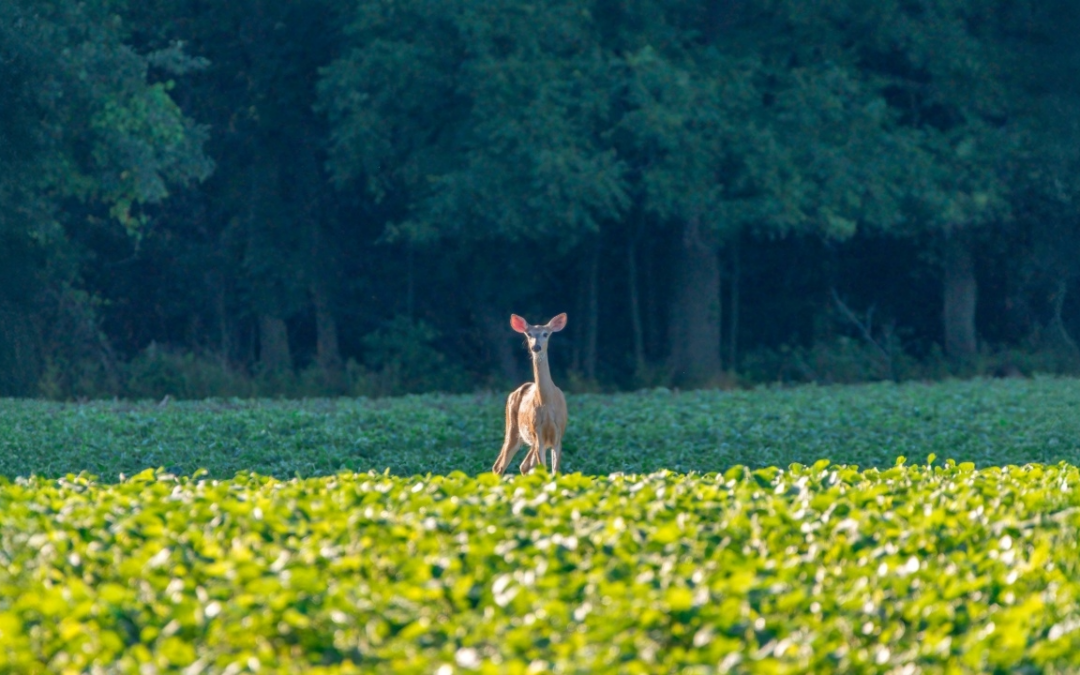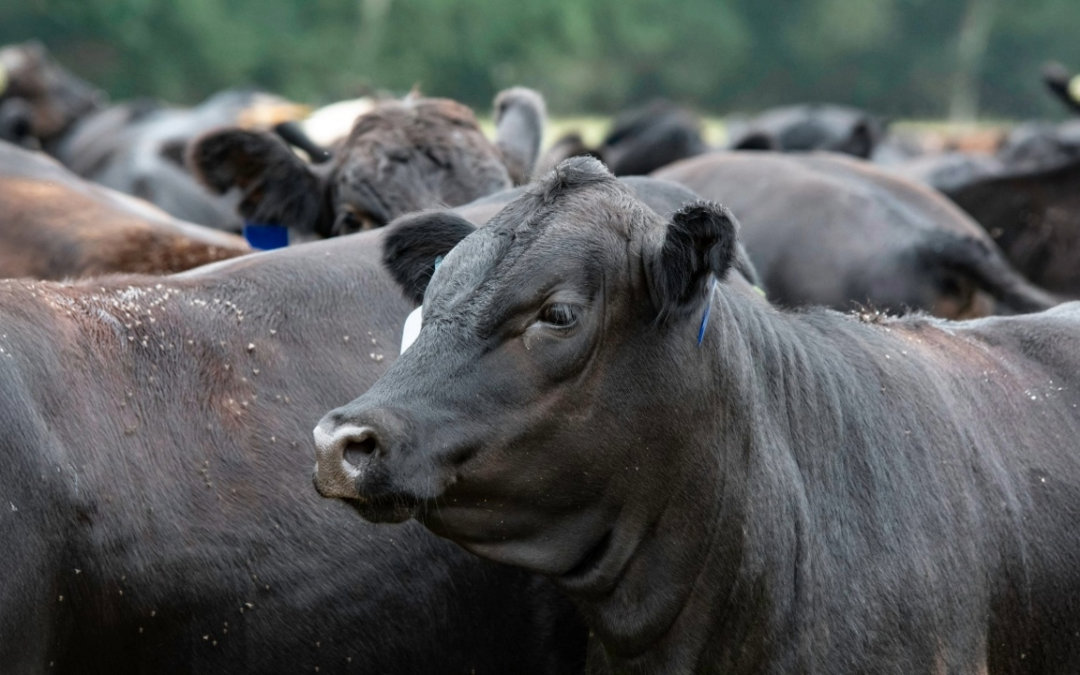Research made possible by $300,000 USDA-NIFA grant
The scale of pork production in the U. S. is such that reducing the average pig’s time on feed by just one day can put $76 million back into pork producers’ pockets. Animal scientists at Auburn University are exploring ways to reduce time on feed by studying pigs’ nutritional needs during a critical time in their development: weaning.
A team of researchers at the Alabama Agricultural Experiment Station received $300,000 from the National Institute of Food and Agriculture to study amino acid usage in recently weaned pigs. The results of the study could lead to more effective diets for pigs in this stage and less feed expenses for pork producers.
Prior to weaning, a pig gets nearly all its nutrition from its mother’s milk. After weaning, it is sustained by specially formulated diets. However, due to the stress of weaning, pigs often will not eat, or eat less than usual, for several days after being separated from their mothers. The result is a pronounced slowdown in the pig’s growth and a longer time spent on feed.
“The diets we feed to newly weaned pigs assumes that they’re eating, and it assumes that they’re growing well, but that’s not the case a lot of the time,” said Marko Rudar, assistant professor of animal sciences at Auburn University and the grant team’s head.
Rudar and his team will study pigs’ usage of two sulfur amino acids: methionine and cysteine. While methionine is an essential amino acid because pigs are not able to produce it themselves, cysteine is usually considered a non-essential amino acid because pigs can produce it from methionine. Because pigs make cysteine on their own rather than consuming it via their diet, researchers studying pig nutrition have paid little attention to it.
“In the past, most people in swine nutrition have focused almost exclusively on dietary essential amino acids that we put into animal diets,” said Rudar.
However, researchers don’t know how cysteine creation and usage is affected during times of stress, such as weaning. While a pig’s growth may slow simply because it is eating less, the combination of stress and eating less may negatively affect the production of cysteine. The combined effect may be responsible for pigs’ post-weaning growth lag.
We are trying to figure out how cysteine is used during this very stressful transition time in a pig’s life,“ said Rudar. “The less a pig is eating, the more maintenance requirements that pig has, which means a higher need for some of these amino acids.”
Now halfway through the project, Rudar is beginning to analyze data from some of the initial experiments. His hope is that by finding the best “balanced diet” for pigs during this short transition period in their development, he can reduce the post-weaning growth lag and shorten the amount of time they’re on feed to reach market weight, saving pork producers millions.
“If we meet pigs where they are and not where we want them to be, we can better design diets to support pig health at the time and future productivity down the road,” said Rudar.
This two-year project is conducted with the help of Auburn’s Swine Research and Education Center and the Mass Spectrometry Center at Auburn’s College of Sciences and Mathematics.





